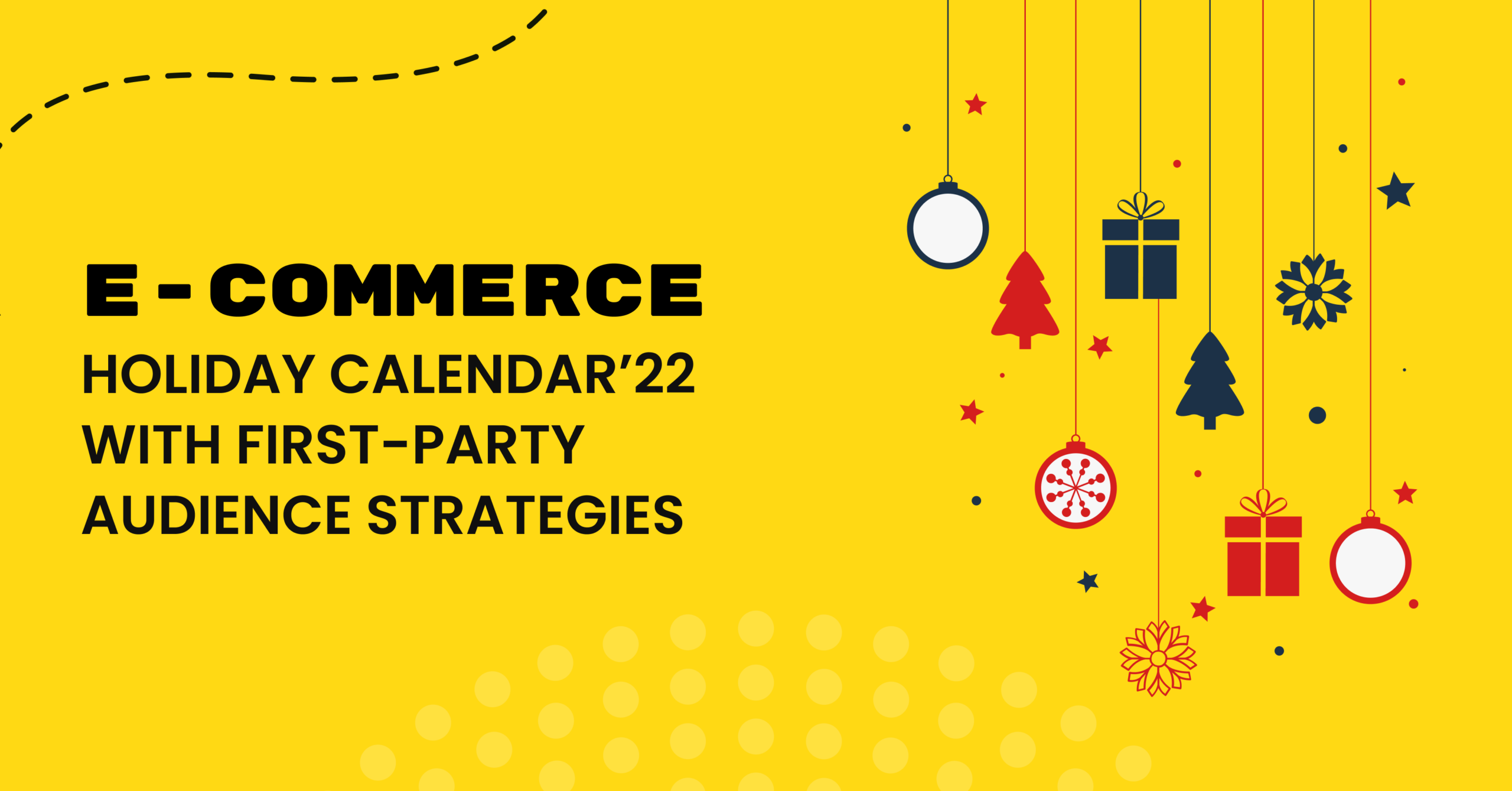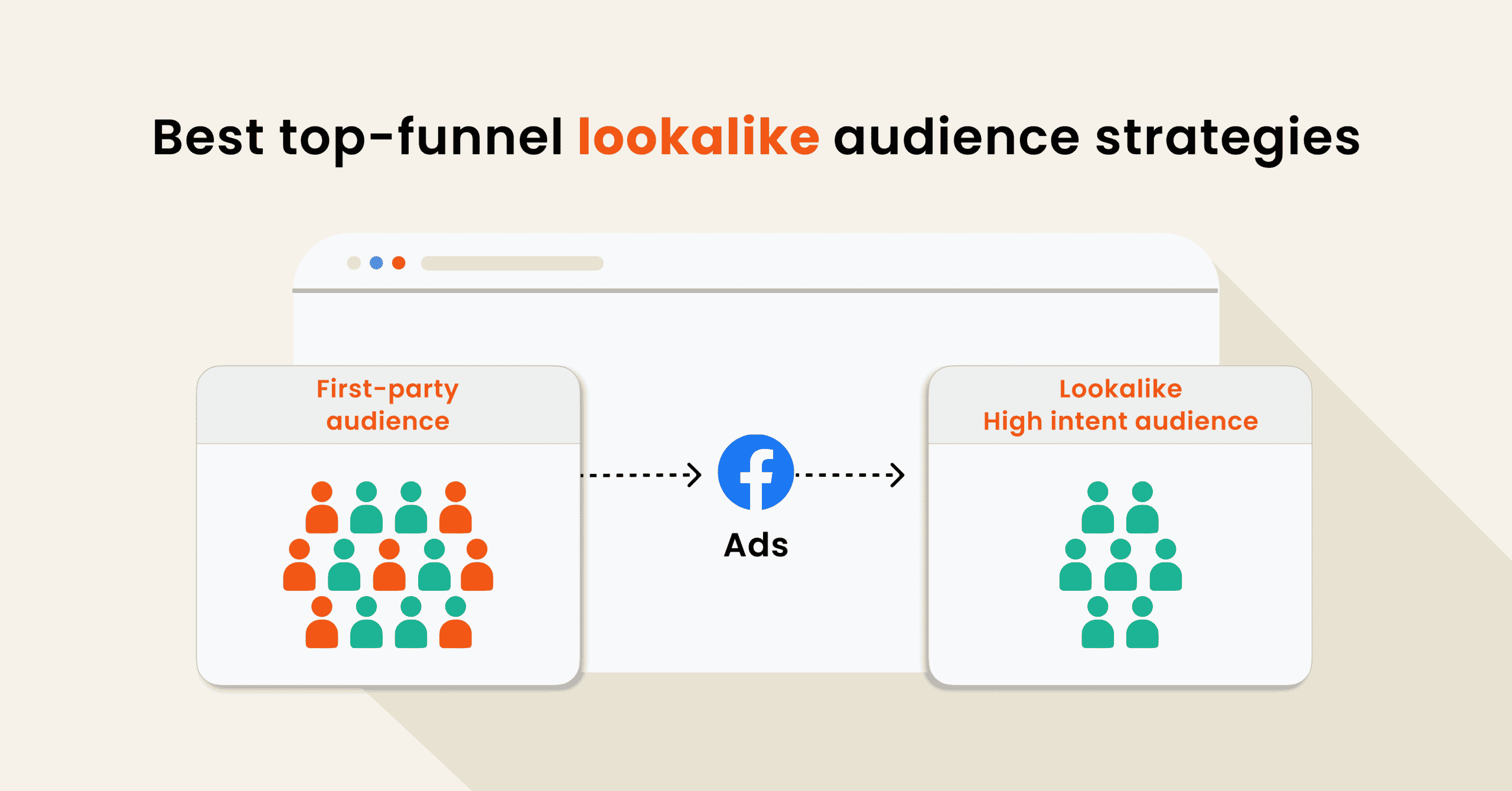Introduction:
Anything that pops out on LinkedIn about “the next big thing for marketers” feels like “ What is it now?”
Well, of course, there have been a lot of changes in the advertising world and too many new technologies in the market which all claim to solve the marketer’s problems.
Now, when it comes to CDP which has existed since 2013, just now it has gained huge momentum and every marketer wants to own a CDP now.
But why do Marketers need a CDP now?
Conventionally, marketers use to send the website visitor data to Facebook and Facebook uses its power & magic to show ads to the high-intent audience who are ready to buy.
But after a series of significant marketing changes in the last couple of years, Facebook and other ad platforms’ access to user behavior data is severely limited.
With all the recent changes like,
◾Privacy regulations like GDPR have imposed restrictions on third-party tracking and put users’ privacy consent first.
◾Apple’s iOS’14+ update has given the users a choice to opt out of tracking.
◾Google’s Android privacy policy has restricted the sharing of user behavior data with third parties.
◾And the Chrome browser plan to phase out third-party tracking by 2023.
Yet, Facebook still proves to be one of the best ad platforms for top funnel interest-based audiences.
Marketers missing out on retargeting high-intent audience:
The issue is marketers keep spending their money on the top-funnel campaigns but when they intend to re-target the users who have,
◾Browsed on the products
◾Spent time on the website
◾Added items in the cart,
It’s practically impossible for a marketer to run retargeting campaigns on the above segments as these ad platforms now have very limited access to their user behavior data.
The best way to do: Personalized campaigns based on the funnel
An E-commerce business is nothing without personalization and tailor-made messages. Having said that, retargeting ad campaigns for the mid-funnel audience and bottom-funnel audience based on their behavior are personalized campaigns.
Imagine if you could segment your audience based on their user behavior and run retargeting campaigns like,
◾Run ads to the users when you restock the item that was added to the cart
◾Run ads to the users who have added to the cart in the last 45days
◾Run ads to the users who have wishlisted red shirts
But to activate the mid-funnel audience – you need to collect your own website visitor behavior data (first-party audience data) as the advertising platforms have limited access to the user behavior data due to privacy concerns.
If you wish to talk to our first-party audience strategist to activate the mid-funnel audience and activate them on Facebook and Google, schedule a call with us now.

CDP solving e-commerce marketers’ challenges like a cake-walk
Just like a CRM, CDP operates using first-party data which means businesses own their user behavior data and don’t have to rely on third-party platforms like Facebook/ Google to store their own data and run the marketing campaigns.
📌 Anonymous website visitors are also first-party data
When we say, first-party data, it’s not just the email id and password. It is also the anonymous user who browsed the website and checked a couple of products but left the site.
📌 Identity resolution for every single user profile
Let’s say there is a user “John” who lands on your website via a Facebook ad and leaves the website. Also, there is a CRM connected to the website of the 1year old user purchase details and John is one of them.
In most cases, there are chances to have 2 John user profiles but CDP can resolve the identity crisis and build a single profile with John’s purchase details a year back and the recent website activity.
CDP Use cases for the e-commerce marketers
1.No more “all website visitors” retargeting ad campaigns
It is so old school for marketers to target all website visitors rather than targeting them based on multiple niche audience segmentations.
📌Activate the 180days old cart abandoners
According to the statistics, 7 out of 10 shoppers abandon their cart for various reasons during their user journey of landing on the website to purchase.
Marketers can segment the audience based on the reason for cart abandonment. A few examples of cart abandonment based on audience segments are,
◾Cart abandoned during payment in the last 7 days
◾Cart abandoned during account creation
◾Added_to_cart but not purchased in the last 14 days
Read on how to activate the cart abandoners using first-party audience strategies.
📌 Mid-funnel high intent audience activation
The majority of the high-intent audiences are stuck in the mid-funnel and can be nurtured for purchase by running personalized ad campaigns.
Some of the mid-funnel audience examples who can be nurtured and activated are
◾Cart_abandoned for more than 30 days
◾Product_viewed_not_ added_to_cart
◾Product _viewed_more than 3 times
◾Segment users who wishlist more than 10 products
◾Segment the users who are first-time visitors and provide them “newbie discount codes”
📌 A success story of mid-funnel audience smart segmentation
India’s leading fashion brand, W for Woman, activated its mid-funnel audience by smart segmentation and improved the ROAS by 3.5X and their cost per mile (CPM) is way lesser than the top funnel interest-based ad campaigns on Facebook.
2. Increase your custom audience match rate by 2-3X easily
One of our E-commerce clients created a custom audience list of the website visitors for the last 90days and we have the first-party data collected from these visitors. The total audience size is 2+ Million.
When they synced their first-party anonymous data, the custom audience match rate achieved is more than 80% using first-party data whereas the Facebook audience match rate is less than 30%.
We should start collecting our rich first-party data of both known and anonymous users with which we will be able to achieve an unbelievable match rate. Check out if you want to read more on how we achieved a custom audience match rate beyond 80%.
3. High intent lookalike audience for the top funnel campaigns
BFCM and holiday season sales are the most important revenue-generating period for eCommerce marketers.
When marketers set up the top-funnel campaigns, we begin from the scratch by providing the age group, interest, & demographics and try to optimize even better to improve the campaign from the previous.
But what we could do instead is, create a lookalike of the bottom funnel audience who has performed certain high-intent actions.
And when it comes to the holiday season, like BFCM and Christmas sales, it is important to drive as much as website traffic. And why not it be high-intent quality traffic?
You can certainly optimize the top-funnel campaigns with the lookalikes of audiences who have purchased, added to the cart, loyal customers, etc.
Check out to know more first-party audience strategies to drive double the sales for this BFCM and holiday sales.
4. Improve the lifetime value of the customers
📌 Make the pink shoe buyer a loyal customer:
Amazon is known for its recommendations based on the purchase history and personalization based on the purchaser’s behavior.
A user who buys a red shirt 3 months before has a better chance to buy another shirt/t-shirt in the interval of 3-6months. By utilizing the power of personalization, we can re-activate the first-time buyers and can bring them back to the funnel to improve. This in turn helps to improve the overall customer lifetime value. Check out this article to learn how to improve the LifeTime Value of the customer.
One of our e-commerce clients has been segmenting and retargeting their users based on their purchase history like:
◾Female customers who had higher cart values were retargeted for cosmetic products
Similarly, the users can be segmented based on the average order value, their favorite brand or products, etc.
◾Customers who purchased top-wear clothes were retargeted for bottom-wears
Read more on how to smart segment your users using first-party audience strategies.
5. Omnichannel audience activation and predictive modeling
The smart audience segments created can be activated on ad platforms like Facebook, Google, and even email platforms. This helps run highly personalized ads & mailers with relevant messages across the marketing platforms
Similarly, the audiences can be pushed to tools like Big Query, Tableau, and other data warehouses for predictive analytics.
Also, you can generate custom-made reports with critical metrics that help make strategic decisions or the users’ progress on marketing funnel stages or ROAS reports to know where every penny is being spent so that you can optimize the campaigns in the future.
📌 Best Practices for the e-commerce marketers using CDP
◾Every marketer is happy about the 2% conversion rate and does not really care about the remaining 98% of the anonymous website visitors who are still in the funnel untouched.
◾Do personalized ad campaigns for the MoF audiences and BoF audiences rather than running generic all website visitors retargeting campaigns.
◾Rather than splitting the budget for the top and the bottom funnel (80:20) – you can split the budget across the funnel like 50:30:20.
◾On Facebook ads manager, when you set up the ad campaigns, optimizing the campaign for micro-conversion events will help Facebook to optimize and target the right audience.
Micro-conversions are a simple action on your website/any landing page. It is something a user does on your website that shows a genuine interest in your offer.
For example, an e-commerce marketer, can optimize the conversion event to “added_to_cart” rather than “purchased” which will still drive users with the intent of buying.





